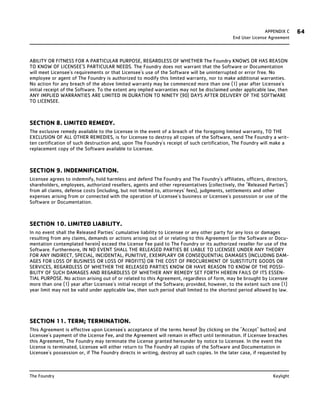


A search in PsychLit found over 600 articles that had autoshaping in their title or abstract. Hearst and Jenkins (1974) advocated the more descriptive sign-tracking, but the original term prevailed. Brown and Jenkins (1968) called the arrangement autoshaping, because it could replace the hand shaping that experimenters conducted to establish instrumental responses. The discovery that simple Pavlovian contingencies are adequate to engender directed and easily measurable skeletal activity in a standard chamber led to a new experimental paradigm. Franklin and associates ( Franklin & Hearst, 1977 Wasserman, Franklin, & Hearst, 1974) measured regular movements of pigeons toward signs of reinforcement and away from signs of its absence. Thorndike (1911) made attraction central to the definition of reinforcers, Schnierla (1959) held that attraction and repulsion were the only objective empirical terms applicable to all motivated behavior in all animals, and Hull (1943) emphasized the importance of adience toward positive events and abience from negative ones. Pavlov (1955) noted the importance of such attraction in his discussions of the orienting response. This attraction may be inherited by other stimuli that are associated with the primary stimulus such conditioned attractors act as signposts on paths to the primary reinforcers ( Buzsáki, 1982 Killeen, 1989). These stimuli are called reinforcers, rewards, or goals. Organisms naturally approach many biologically significant stimuli.


 0 kommentar(er)
0 kommentar(er)
